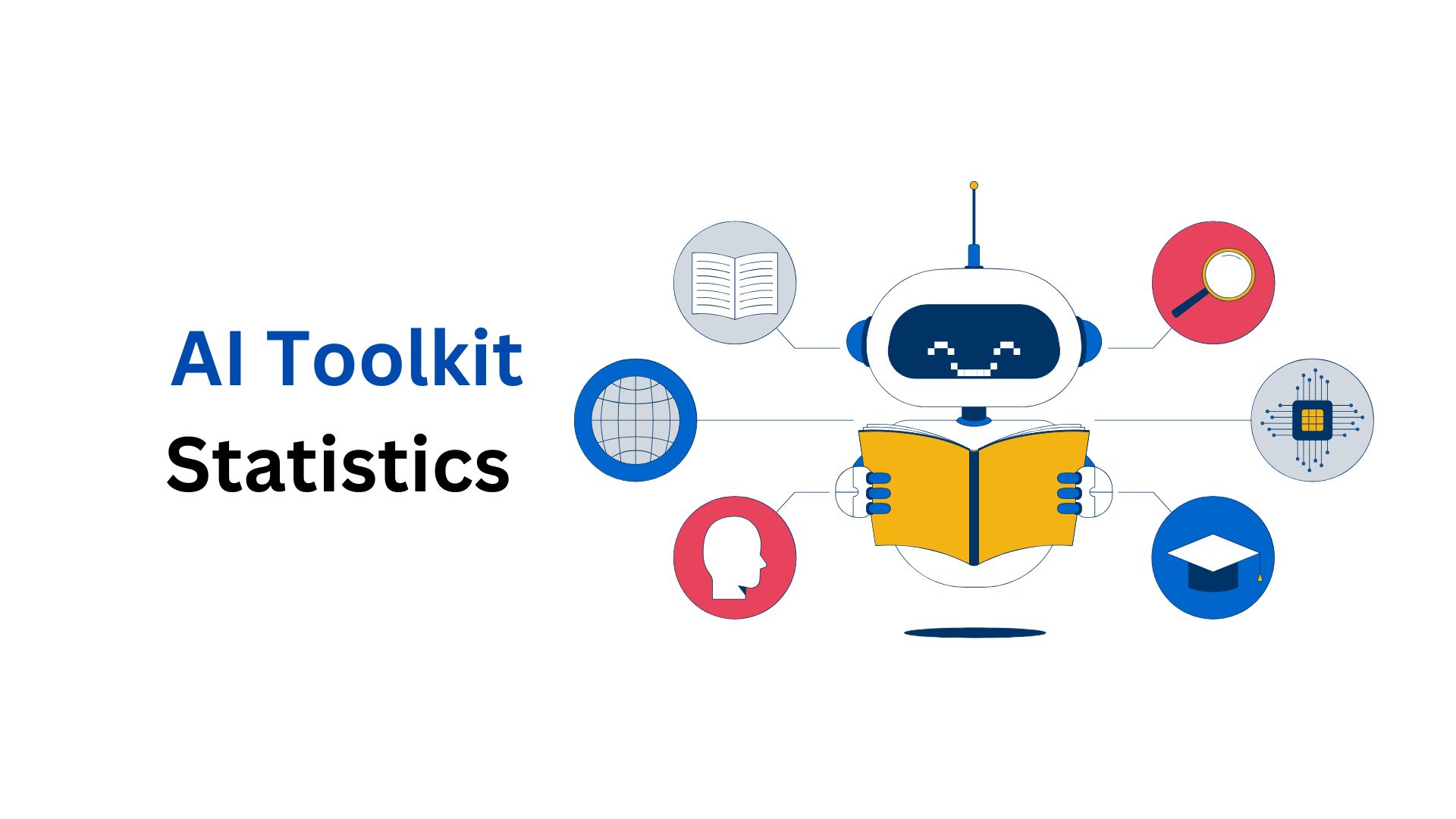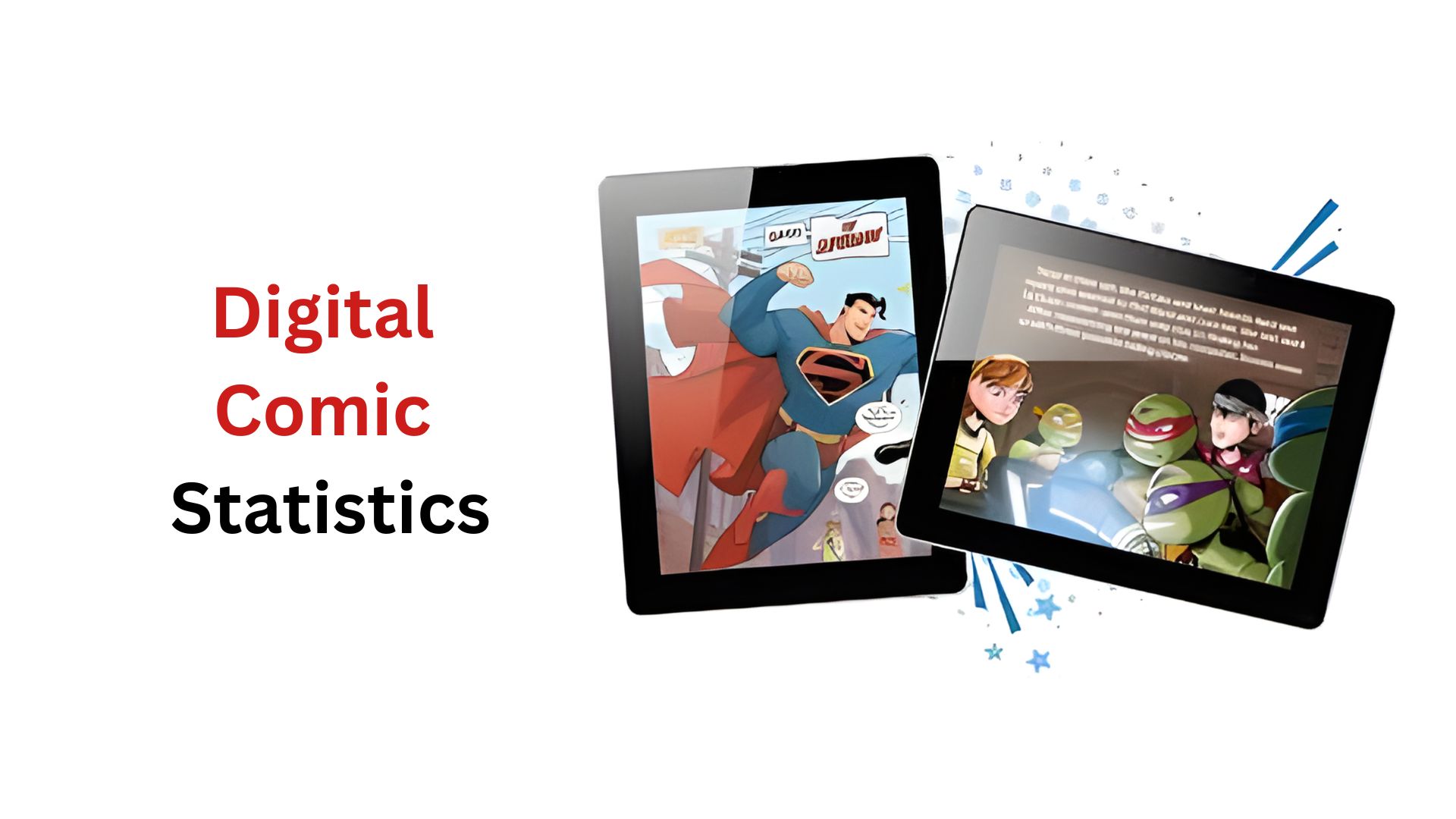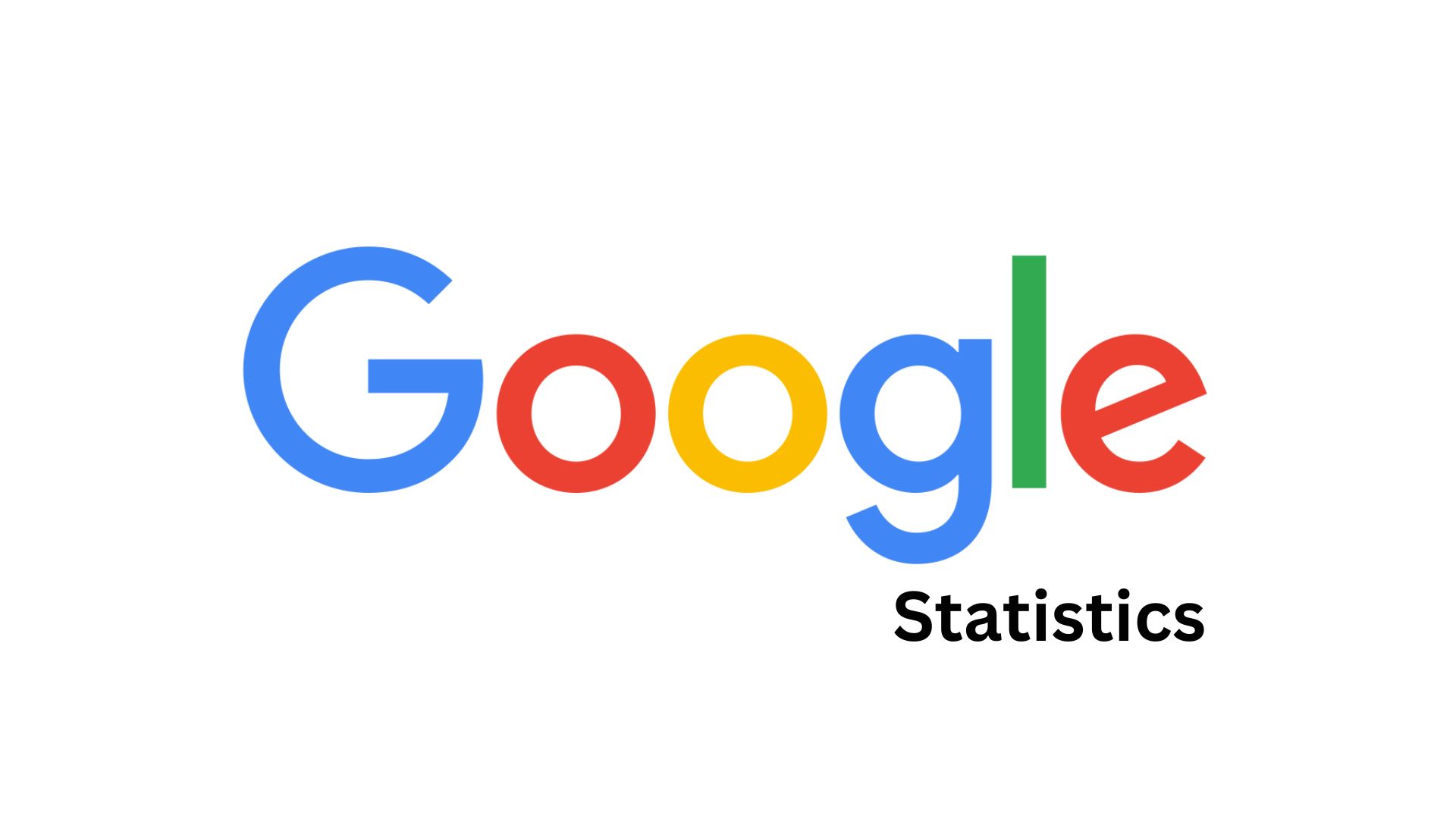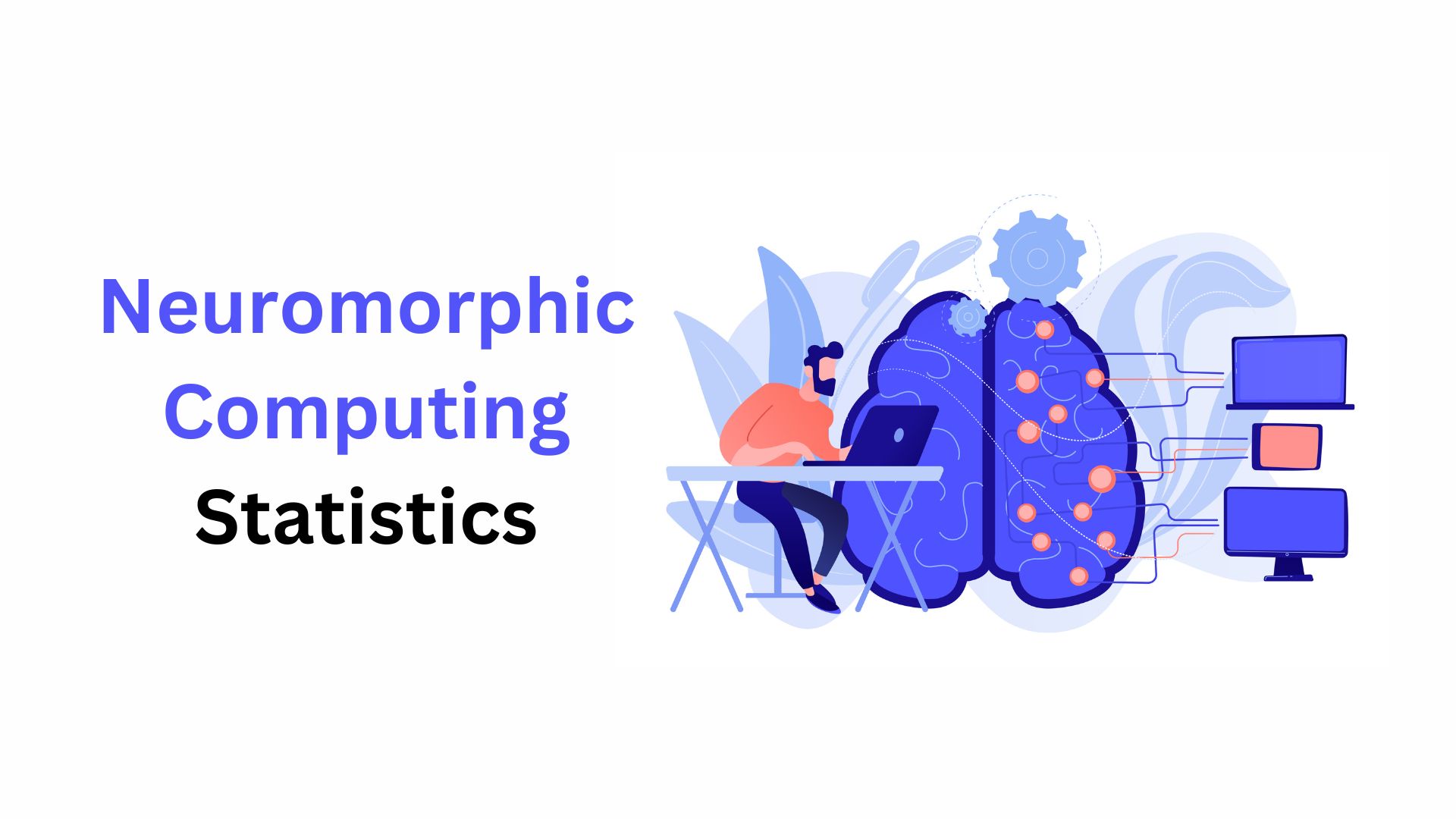Google Workspace Statistics And Facts (2025)
Updated · Mar 24, 2025
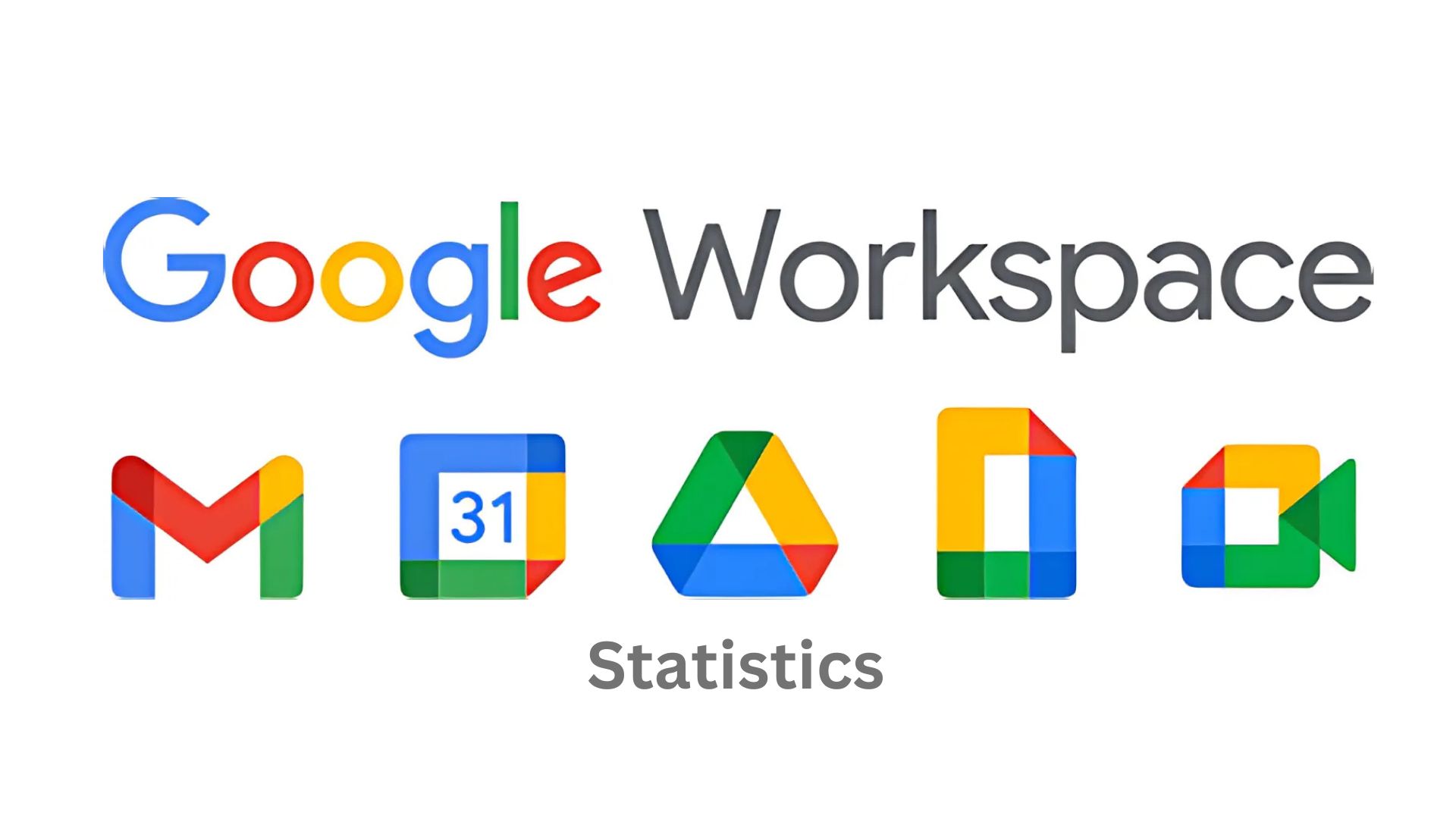
Table of Contents
Introduction
Google Workspace Statistics: Google Workspace, which was previously denoted as G Suite, is an all-inclusive collection of cloud-based productivity and teamwork applications that are developed by Google. The application contains Gmail, Google Drive, Docs, Sheets, Slides, Meet, and other applications that can help an individual or the organization improve productivity levels and facilitate communication. Cloud access, seamless collaboration, and tight security make Google Workspace suitable for businesses and teams.
This increases productivity easily and supports broad types and complexities of technologies with highly advanced security in addition to seamless integration with other applications to provide enhanced flexibility and efficiency. Google Workspace has transformed into one of the top platforms in today’s digital space of collaboration, introducing billions of users to the world in 2024. This article will highlight the important Google Workplace statistics.
Editor’s Choice
- Google Workspace outstrips that of Microsoft Office 365 at 50.34% of the productivity software market compared to the 45.46% share of Microsoft Office 365.
- According to Google Workplace statistics, the U.S. is the biggest adoption country of Google Workspace, tallying approximately 6 million websites that leverage the platform.
- Germany, the U.K., Israel, and France each have somewhere between 0.7 and 0.8 million websites that make use of Google Workspace.
- Google Cloud accounts for 11%, trailing AWS (31%) and Microsoft Azure (24%).
- According to the IDC MarketScape 2024, Google Workspace is the leader in AI-driven and cloud-based solutions.
- About 74% of organizations will leverage Generative AI in the next two to three years for their content-centric workflows.
- Google’s AI-enabled security in Gmail blocks more than 99.9% of spam, phishing attempts, and malware, twice as much malware as third-party antivirus solutions.
- Google Workplace statistics state that the use of Google Workspace showed productivity improvements of 35%, with a reduction of 40% in email overload in the businesses using it.
- Within the last quarter, Google Workspace has registered nearly a 20% uptick in the number of projects managed via the platform, with reduced project completion timelines of around 20%.
- Google Workspace records a customer satisfaction rating of 95% and a growth of 1% market share annually.
- Google Workplace statistics show that 70% out of the total number of Google Workspace users access the application using mobile gadgets.
- Around 80% of U.S. higher education institutions have Google Workspace for Education in their networks.
- Google Classroom has more than 120 million users, and more than 150 million students and teachers are relying on Google Workspace for learning.
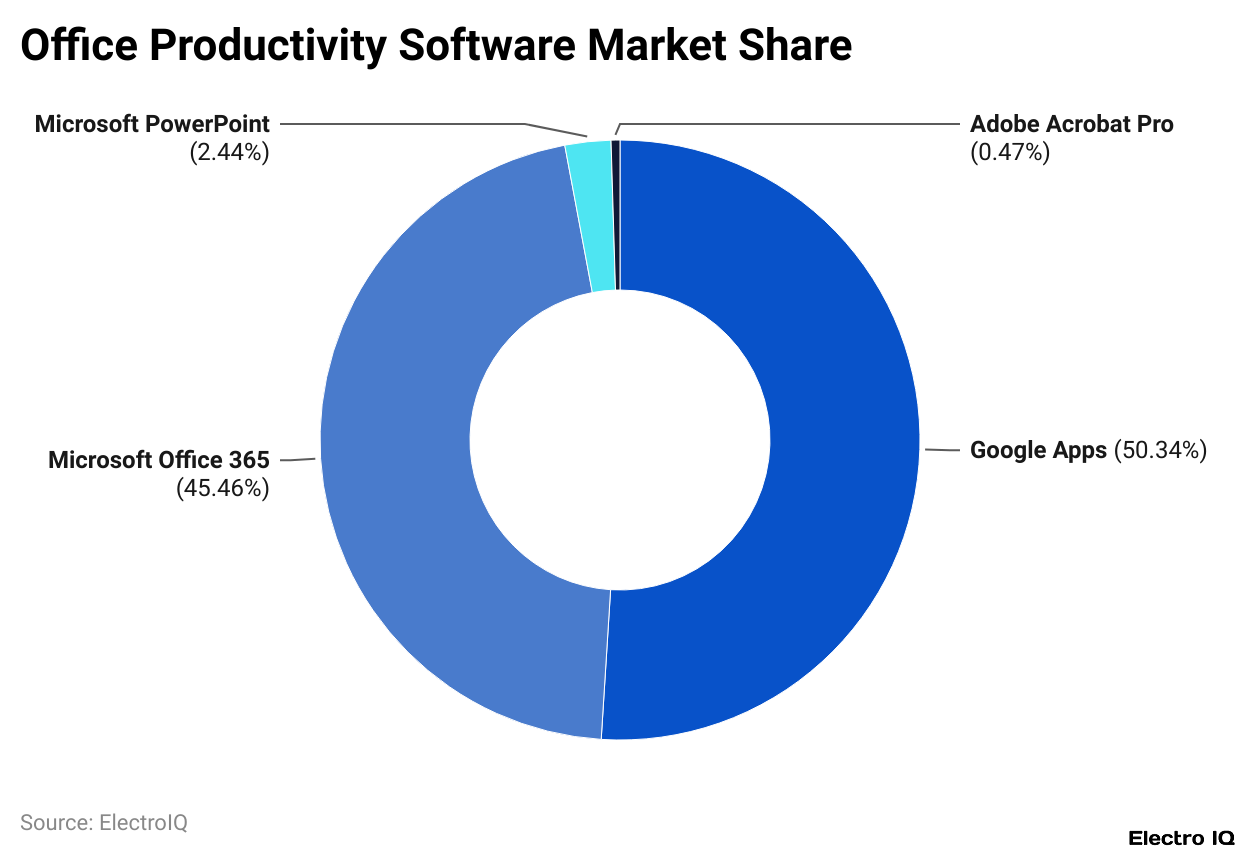
(Reference: explodingtopics.com)
- With a 50.34% share, Google Apps has the most extensive reach in productivity tools, which means more than half of all users are choosing this suite for document creation, collaboration, and communication.
- An equal and opposite 45.46% market share stands for Microsoft Office 365, which still enjoys a strong following, especially among enterprises and professionals alike, who opt for its well-known tools such as Word, Excel, and Outlook. Oddly, Microsoft PowerPoint as a standalone interactive presentation package gets to have 2.44% of the market, proving that it is still apparently quite sound for use in organizations despite heavy competition from alternatives like Google Slides and Canva.
- With its advanced features for editing PDFs and document management, Adobe Acrobat Pro takes about 0.47% of the market, which means that it is used for specific purposes, mainly by professionals who need intensive control over document editing.
- Growth in cloud-based productivity suites is closely related to the growth of cloud infrastructure services.
- In this segment, Amazon Web Services is the leader with a 31% market share, then Microsoft Azure with 24% and Google Cloud with 11%. With the rise in popularity of remote and hybrid work models, unified communications and collaboration tools are emerging as one of the most important resources for modern workplaces.
- Currently, Microsoft has a leading 45% market share in this domain, being significantly strengthened by its presence in productivity software and cloud services.
- The fusion of disparate communications tools is now shaping organizational workflows, including video conferencing platforms such as Zoom, which maintains growth in the aftermath of the peak surge in 2022.
- This very shift shall further define the arena of productivity software to cater to organisations seeking large-scale tools for effective virtual cooperation and communication across distant teams.
Google Workplace Usage By Nations

(Reference: explodingtopics.com)
- Google Workplace statistics reveal that Google Workspace is generally used in numerous countries worldwide, with the U.S. taking the lead by a wide margin.
- It allows approximately 6 million websites within the U.S. to communicate and collaborate, thus being the dominant marketplace. Germany ranks next with about 0.8 million websites under the platform, followed by the UK, Israel, and France-these 3 countries with an adoption rate of about 0.7 million websites each.
- They share a similar number in Asia, with Japan and Canada attaining almost equal to about 0.4 million websites using the platform.
- Australia, Italy, and the Netherlands have quite a significant number to show for adoption, as they boast 0.3 million websites each using Google Workspace.
- Google Workspace enjoys a great presence in highly developed countries, with North America and Europe as its biggest bases, where businesses and organizations prioritize cloud-based collaborative tools.
- The U.S. represents the most populous user, while the rest of the countries seem to experience gradual adoption, a reflection of the global appeal and dependability of this platform.
Google Workspace – Insights From The 2024 IDC MarketScape Report
- According to Google Workplace statistics, Google was identified as a Leader in the 2024 IDC MarketScape, which assesses the competitiveness of suppliers in the ICT market across various worlds.
- The award serves to underline, in particular, the increasing significance of Google in the area of cloud services and AI-driven solutions.
- According to recent research by IDC in North America, almost two-thirds of organizations made investments in content services in the past 12 to 18 months. Regarding investments, 39% of the organizations invested to improve operational efficiency, while 31% were regarding the modernization of their technology infrastructure, especially cloud adoption of the solutions.
- Other than this, the study also showed that the adoption of Generative AI (GenAI) is picking up pace. 74% of the respondents indicated that their organizations were either somewhat or extremely likely to consider solutions with GenAI for content-centric workflows and other use cases within the next two to three years.
- Google Cloud keeps building up its AI-driven capabilities through the insights and knowledge of over 3,000 research scientists worldwide from Google Research and DeepMind, focusing efforts on commercial innovations, especially GenAI and large language models for content services and intelligent document processing solutions.
- Google Workspace and Google Drive both rely on Google’s global infrastructure, spread across 40 regions, 100 zones, and over 200 countries and territories, to ensure seamless performance, security, and reliability for users all around the globe.
Google Workplace Security Statistics
- Google Workspace incorporates great security systems to which users are protected from other cyber-related threats.
- A great 89% of initial attempts of break-in to the network and systems can be said to be through phishing emails, which thus turns out to be the commonest attack method.
- Also, from the Google Workplace statistics above, 72% of successful cyber intrusions have happened by means of software exploits, phishing, brute force attacks, or stolen credentials, which entail the need for strength in their security protocols.
- Cybercriminals target users through user identity, as 34% of successful hacking is attributed to identity-related information and the focus point.
- Regarding threats, Google Workspace possesses AI-powered threat defences, blocking 99.9% of spam, phishing attempts, and malware in Gmail automatically.
- According to Google Workplace statistics, Gmail detects twice as much malware compared to third-party antivirus solutions, showing a good case for their security technology.
- Besides protecting from email attacks, Google Workspace gives extra safety through a steady integration.
- Google Workspace Marketplace can contribute over 5,000 third-party applications to a business and allow its own customized workflow while secured.
- Pre-integrated Single Sign-On (SSO) is even provided by Google for more than 200 popular cloud applications.
- Users can even use the same Google as the identity provider, based on an SSO that uses SAML, for applications that are not found in Google’s pre-integrated catalog.
- Collectively, these features create a strong security framework for Google Workspace, allowing businesses to protect sensitive data from the industry standard while maintaining compliance.
Google Workplace Impact On User Productivity
- Google Workplace statistics state that everyone aims to increase productivity and this is why Google Workspace has become a prime instrument in the efforts to achieve this particular goal.
- The numbers back this up, as 35% of companies report increased productivity since the adoption of the platform. Google Workspace does not only give productivity, but it also refines digital affairs, reducing email clutter by 40%. Statistics feature the effect of Google Workspace on workplace efficiency.
- Google Workplace statistics reveal that productivity grew by 35% for businesses leveraging the platform. The productivity software market share grew to 10.3% in 2020, attributed mainly to increasing acceptance.
- Overall growth for the productivity suites market was also 18.2% for the year, with Google Workspace contributing largely to this upsurge.
- For example, in the last quarter, projects managed within Google Workspace saw an increase of 20%, and research shows that its project management tools boost productivity by 15%.
- Over the years, Google Workspace has seen constant growth, with 15.6% annual growth recorded in 2018, higher than the 8% increase Microsoft recorded during the same period. It continues to capture ever-increasing market shares at an annual growth of 1% while maintaining a customer satisfaction rating of 95%.
- Usage has increased from 2019 by 30%, and about 30% of the customers have been on the platform for more than five years.
- Interestingly, nearly 50% of users use Google Workspace outside traditional business hours, indicating flexibility. Integrated workflows within Google Workspace have improved job satisfaction among 90% of the employees who have used the platform.
- Users of these applications have over 100 integrated applications and built-in calendar and scheduling tools that save an average of up to 15 minutes per day. Integration of Google Workspace with customer support systems reduces resolution time by over 40% and improves customer service efficiency.
- Mobile accessibility plays a major role in being able to adopt Google Workspace, where 70% of users access the platform through mobile.
- All these Google Workplace statistics, numbers, and benefits showcase the capacity of the application to boost productivity, collaboration, and workplace efficiency.
Impact of Google Workspace on Education
- Recent Google Workplace statistics show that Currently, 80% of higher education institutions in the U.S. have adopted Google Workspace for Education, and it is present in 180+ countries, making it the most dominant player in this space within the education technology sector.
- The numbers manifest clear signs of a paradigm shift toward digital learning and collaboration; thus, Google Workspace is being placed as the leading tool in regard to modern education.
- Google Classroom became the dominant platform across 120 million users in the academic community, facilitating students’ interaction and outreach to their teachers.
- More than 150 million students and teachers across all corners of the globe have now come to rely on Google Workspace for Education to simplify their communication, assignments, and collaborative efforts.
- This widespread technology usage creates a big revelation into the face of education, providing affordable and seamless opportunities to learn in the digital age.
Conclusion
As per Google Workplace statistics, Google Workspace stands as the acknowledged giant of the productivity and collaborative software market, with more than 3 billion users spread worldwide. Its being adopted for use across businesses, education institutions, and multinationals will account for its power too efficiency, security, and seamless integration capabilities. Google Workspace thus keeps defining the future of digital collaboration.
Its footprint in education and remote work remains firmly embedded. As technology changes, Google Workspace stays high on the list of choices for organizations demanding flexible, cloud-based, innovative solutions to collaboration.
FAQ.
Google Workspace is a cloud-enabled suite of productivity and collaboration tools such as Gmail, Google Drive, Docs, Sheets, Slides, and Meet. It promotes productivity by providing seamless collaboration, options for cloud accessibility, and robust security features, which together yield a 35% increase in business efficiencies.
Google Workspace has more than 50.34% of the productivity software market, while Microsoft Office 365 has a share of only 45.46%. In terms of adoption, it enjoys a wider acceptance across industries, especially in educational and remote work environments.
Google Workspace utilises AI-based security mechanisms capable of blocking over 99.9% of spam, phishing, and malware threats. Twice as much malware is flagged in Gmail as in third-party antivirus programs, with SSO (Single Sign-On) security integration across 200+ cloud applications providing further safeguards.
Roughly around 80% of U.S. higher education institutions use Google Workspace for Education. Google Classroom has over 120 million users, and Google Workspace is used by more than 150 million students and teachers around the globe for educational and collaboration purposes.
Businesses indicate that after using Google Workspace, their productivity rose by 35%, and email traffic overload was cut down by 40%. Project management integration reduced project completion times by 20%, and 70% of users accessed it on their mobile devices.

Maitrayee Dey has a background in Electrical Engineering and has worked in various technical roles before transitioning to writing. Specializing in technology and Artificial Intelligence, she has served as an Academic Research Analyst and Freelance Writer, particularly focusing on education and healthcare in Australia. Maitrayee's lifelong passions for writing and painting led her to pursue a full-time writing career. She is also the creator of a cooking YouTube channel, where she shares her culinary adventures. At Smartphone Thoughts, Maitrayee brings her expertise in technology to provide in-depth smartphone reviews and app-related statistics, making complex topics easy to understand for all readers.

